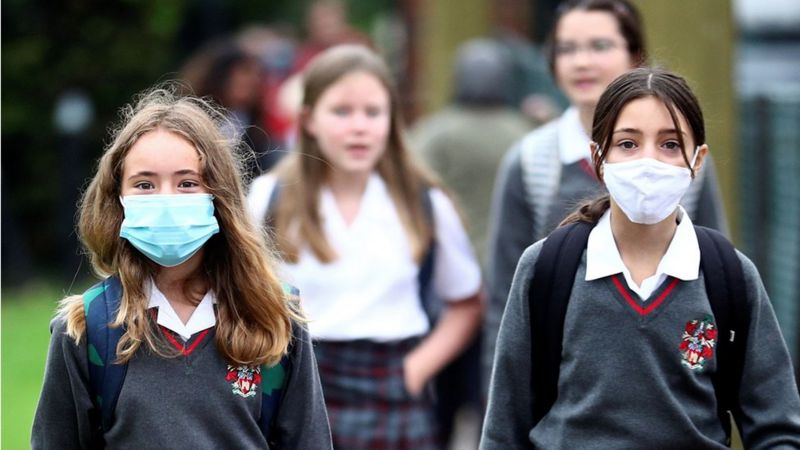If we take a step back from the horrors of this year’s A-Level and GCSE grading debacle, little is being done to account for how this year’s Year 11 and 13’s education has suffered. Months of patchy online teaching and disrupted learning present bleaker than usual prospects when it comes to results day. The prospects become even bleaker if you attend a state school, where the existing gap in educational quality when compared to private schools is being furthered by the fallout of a failing COVID-19 testing system.
It is well known that state-educated students generally perform disproportionately worse in exams than their private counterparts. Data suggests that students at private schools typically achieve a grade higher in two subjects than their state equivalents; a potentially significant difference when it comes to university admissions. Of course, this is not a reflection on the intellect of state-educated individuals, but rather of the impact of less funding and thus more limited resources, opportunities and teaching that they have received. Where students might get picked up at private schools, they are often left to coast at state schools. The playing field is not even. Results day and university admissions require exceptionalism from state students to be considered on the same footing.
Aside from how little is being done to account for this difference in circumstances at the best of time – current university admission “contextualisation” processes have limited results – even less is being done in the face of COVID. It is not so much that state students have to disproportionately take time off because of COVID symptopns, but more that there is no infrastructure or support to account for how that time off leaves them even further behind. Online teaching is never the same experience at the best of times (something many of us are feeling very acutely at university), and when it’s not the main mode of teaching it is even less accessible.
Year 11 student Eva Kelly, who studies at an academy, explains how “many people have had colds, which aren’t COVID, but have to take time off”, and how this time off is longer than in a usual academic year. Statistics confirm this, suggesting that 82% of schools currently have students taking unnecessary time off due to a lack of testing capacity. The problems with this for state students are threefold. Firstly, in state schools, less money can be spent on preventative measures for infection. Secondly, the resources that can be channelled to students taking time off are also fewer. Thirdly, a state-educated student would typically have less easy access to technology.
The most heightened example of this divide comes from schools like Eton and Benenden, where private testing resources (costing up to £35k) have been introduced for all students and staff. This is harrowing proof that the socioeconomic gap between private and state education manifests itself in healthcare access too. In this example, the systemic neglect of poorer, state-educated students is laid bare.
It remains doubtful that the government will properly recognise and rectify the extent of damage COVID is wreaking among schools, and the way this impact is compounded for state-educated students. This is in the same way that the insidious issues presented by the British school system will also probably take generations, and perhaps centuries, to properly combat: the roots are deep and wrapped tightly around our class system.
All students working and sitting exams in our current conditions are sorely in need of empathy and support from the government. I am almost faithless, however, that they are capable of finding the right tools and the introspection to do this. One of the most harrowing realisations from these circumstances is that, even when the virus has dissipated, state students will probably still have to fight twice as hard to get to the same endpoint.
Mia Fulford
Featured Image Source: BBC News

